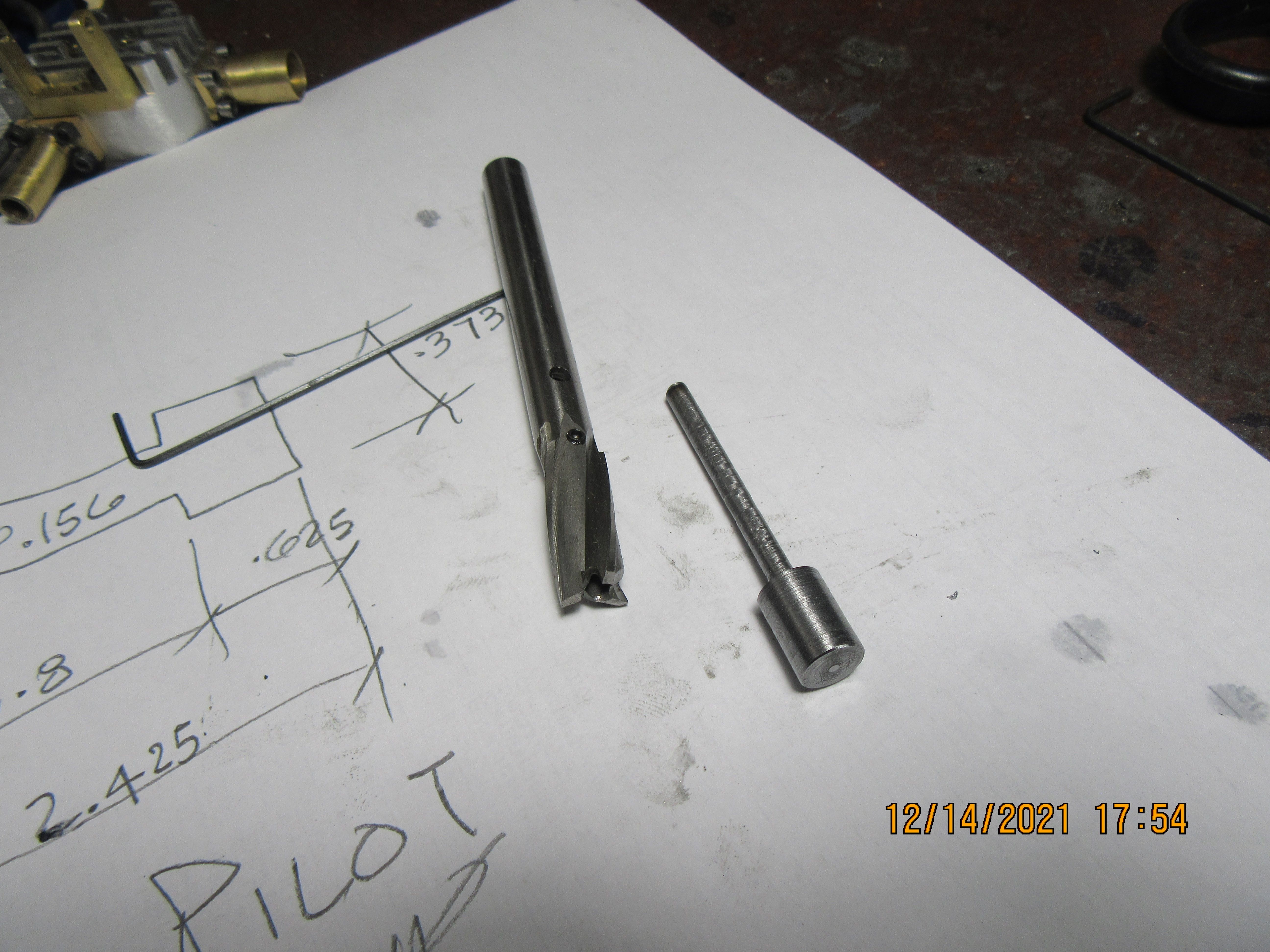- Joined
- Jan 4, 2011
- Messages
- 1,435
- Reaction score
- 401
I have always used Brownell anti oxide paste. Others seem to get by without it just fine. I am not sure if I am doing something good or just wasting time and money.
I have always used some good quality end cutters to cleave the rings which should work like Trimble's cleaver. When I end up with a bad ring it is usually right at the break but I am not sure if making his cleaver would improve results. Brian did not have much luck with his. Trimble said that he had trouble making good rings until he made his. Anyone have any thoughts?
I have always used some good quality end cutters to cleave the rings which should work like Trimble's cleaver. When I end up with a bad ring it is usually right at the break but I am not sure if making his cleaver would improve results. Brian did not have much luck with his. Trimble said that he had trouble making good rings until he made his. Anyone have any thoughts?
Last edited:




















![DreamPlan Home Design and Landscaping Software Free for Windows [PC Download]](https://m.media-amazon.com/images/I/51kvZH2dVLL._SL500_.jpg)








































